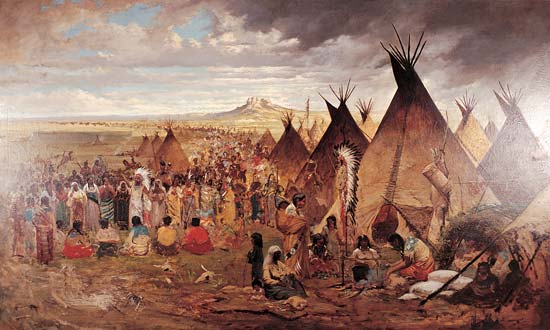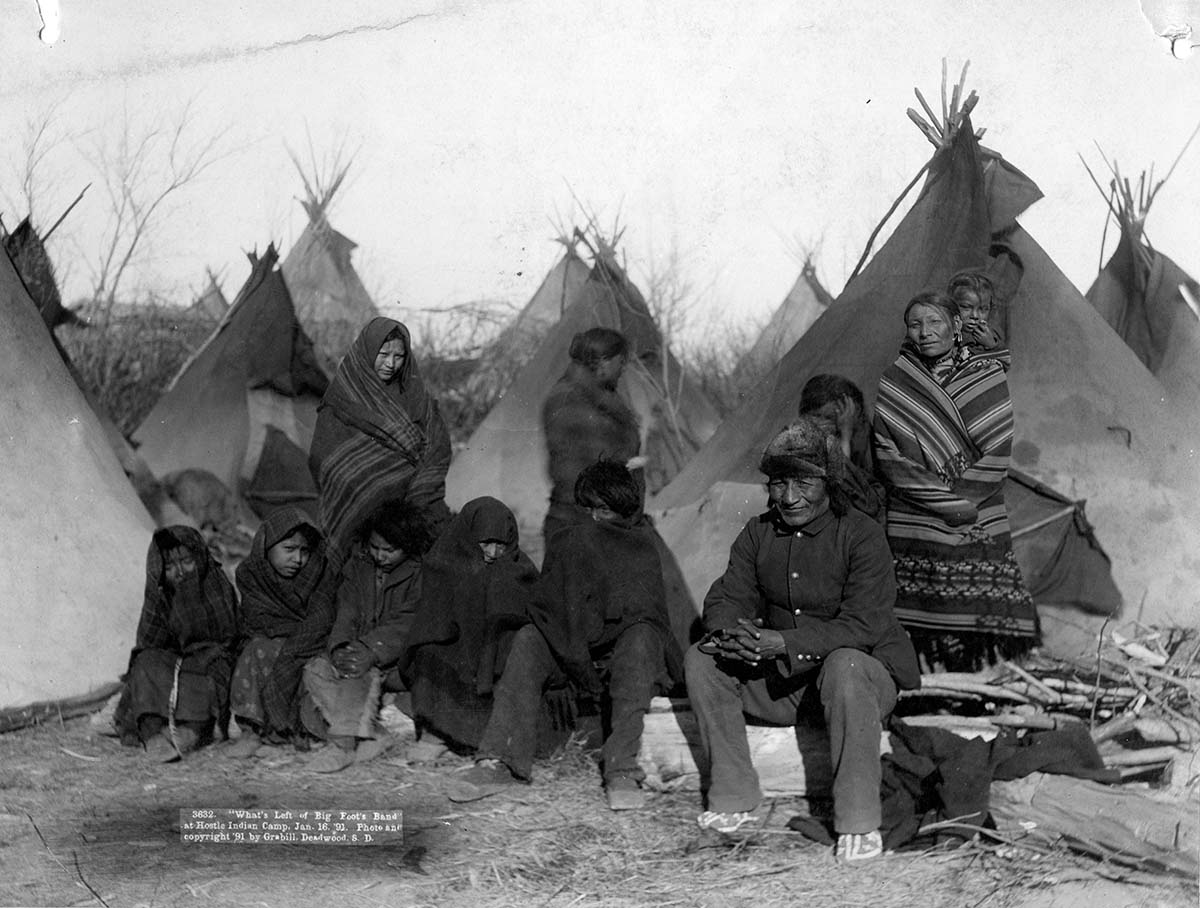The Sioux: A Proud Native American Alliance and their Struggle for Sovereignty
The Sioux, a broad alliance of North American Indian peoples, played a significant role in the history and culture of the Great Plains. Comprised of various tribes, including the Santee, Yankton, and Teton, they shared a common Siouan language and had distinct cultural characteristics.
The name “Sioux” is derived from the term Nadouessioux, meaning “Adders” or “enemies,” originally given to them by the Ojibwa tribe. The Santee Sioux, also known as the Eastern Sioux, were Dakota speakers, while the Yankton Sioux spoke Nakota, and the Teton Sioux spoke Lakota. Each group had its own divisions and territories.
Before the 17th century, the Santee Sioux resided around Lake Superior, where they relied on hunting, gathering wild rice, and fishing. Conflict with the neighboring Ojibwa pushed them into southern and western Minnesota, displacing the agricultural Teton and Yankton tribes. The introduction of horses on the Plains led the Teton and Yankton to adopt a nomadic lifestyle centered around buffalo hunting.
The Sioux tribes shared many cultural aspects with other Plains Indian societies. They lived in tepees and wore clothing made from leather, suede, or fur. They engaged in trade with farming tribes for corn and often conducted raids on other tribes. These conflicts eventually led to alliances between the agriculturist tribes and the U.S. military against the Sioux.
Sioux men gained status through acts of bravery in warfare, collecting horses and scalps as symbols of valor. Sioux women were skilled in embroidery using porcupine quills and beads, creating geometric designs. During the 19th century, they produced a significant number of bison hides, known as “buffalo robes,” which held high trade value.
Religion played a vital role in Sioux life, as it did for all Native American peoples. The Sioux recognized four powers governing the universe, each divided into hierarchies of four. The buffalo held great significance in Sioux rituals, and the bear also held symbolic importance among the Teton and Santee tribes. Visions played a crucial role in the Sioux’s connection between warfare and the supernatural, with mystical designs painted on war shields for protection.
The Sioux fiercely defended their territory against encroachment. Their land stretched across present-day states such as Montana, North Dakota, South Dakota, Nebraska, Colorado, and Wyoming. As the colonial frontier moved westward, conflicts arose as the U.S. government attempted to establish routes such as the Bozeman Trail through Sioux lands. The influx of travelers during the California Gold Rush in 1849 further strained relations between the Sioux and the government.
The Sioux’s struggle for sovereignty and protection of their lands remained a constant theme throughout their history. They resisted incursions and sought to maintain their way of life despite mounting pressure from westward expansion.
Today, the Sioux people continue to preserve their rich cultural heritage, striving to reclaim their rights and maintain their unique traditions in the face of ongoing challenges. Their legacy serves as a testament to the resilience and determination of Native American peoples.
Hits: 0







